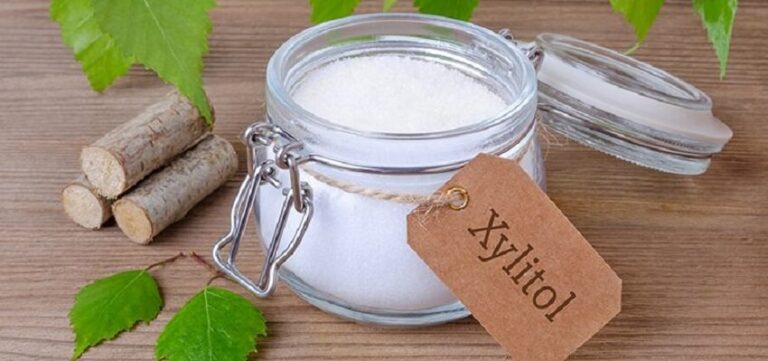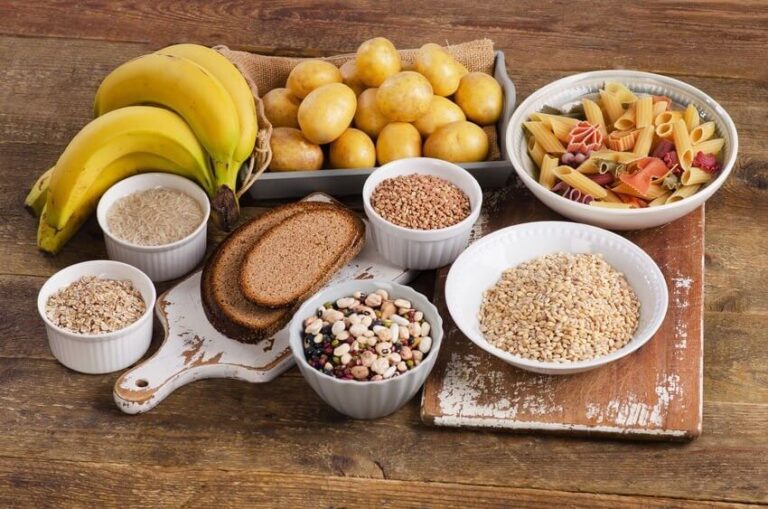Oatmeal is one of the healthiest foods. Oats are rich in fiber, have a medium glycemic index, and provide essential nutrients.
Consuming oatmeal is associated with several health benefits. One of the most important properties is its high content of beta-glucans and avenatrinamides, two antioxidant compounds.
This article discusses the nutritional properties of oats, what are their uses, and their health benefits.
Oatmeal: What is it?
Oats are a cereal of Mediterranean origin belonging to the Sativa family. Due to its potential benefits and nutritional properties, it is currently one of the foods that have gained the most ground in natural stores.
Oatmeal is an ideal ingredient for breakfast. Primarily to regulate blood sugar levels in people with diabetes. (1)
One of the nutritional properties of oats is its low glycemic index. This means it is a food capable of delivering its carbohydrates slowly and progressively.
Another benefit of oats is the presence of a unique molecule: beta-glucan—a type of fiber with potential prebiotic effects and improving stomach health.
Nutritional properties
Oatmeal is a food that stands out for its nutritional properties. It is one of the most recommended cereals in a healthy diet.
International organizations such as FAO and WHO consider it an ideal food to combat obesity.
Below you can see a table with the nutritional properties of oats:
| Energy | 375 kCal |
| Protein | 12.5 g |
| Total fat | 7.5 g |
| carbohydrates | 67.5 g |
| Fibers | 10 g |
| Total sugars | 2.5 g |
| Minerals | |
| Football | 0 mg |
| Iron | 3.6 mg |
| Magnesium | 100 mg |
| Match | 375 mg |
| Sodium | 0 mg |
| Cholesterol | 0 mg |
Table of nutritional properties of oats (100 g of dry cereal). Source
Benefits of oats
It is recommended to consume an amount of 40–60 g of oats per day. One of the benefits of consuming it in moderate amounts is losing weight. This is due to its ability to control a person’s hunger. The benefits of oats are:
- Moderate calorie intake
Oats provide approximately 375 Kcal per 100 g of product. A value is similar to other cereals such as rice or wheat. Its consumption is allowed both for those in the process of losing weight and those who want to increase it; the key is to regulate the amount.
- The high content of vegetable proteins
One of the benefits of oats is to provide high-quality plant proteins. The protein content of oats is 12% of the total dry cereal.
- Low-medium glycemic index
Oats have a glycemic index of 40 – 50. This nutritional property translates as the benefits of regulating blood glucose levels. Oatmeal is one of the foods allowed on type 2 diabetic diet.
- High fiber content
This is perhaps one of the essential benefits of oatmeal. Not only is it one of the top fiber foods. But its fiber is composed of a particular type: beta-glucans. Elements capable of reducing the chances of some types of cancer. (4) (6)
- Oats are rich in polyphenols
Oats are rich in polyphenols, this type of molecule is classified as a natural antioxidant. In other words, they help neutralize the action of free radicals and prevent the development of cancer cells. The benefits of polyphenols can also be obtained by consuming pseudo-cereals such as buckwheat and quinoa.
- High in healthy fats
Oatmeal contains a healthy fat content equal to 7.5% of its weight. A value is similar to amaranth. It highlights monounsaturated fats, a type of healthy fats associated with better cardiovascular health. Oatmeal does not contain saturated or trans fats.
- Regulate blood sugar levels
Combining oatmeal with cinnamon and orange peel for breakfast is ideal for increasing the feeling of energy and regulating blood sugar levels. It is one of the strategies in nutrition to prevent diseases associated with carbohydrate metabolism. (6)
Unique Benefits of Oats – Beta-glucans, and avenatramides
There is a unique type of carbohydrate in oat fiber: beta-glucans. This family of polysaccharides has numerous health benefits. The consumption of 3 grams of beta-glucans per day reduces aging processes and prevents diseases such as cancer. (1) (2)
Beta-glucans are found only in oats and barley in higher concentrations in whole grain or bran forms (2). The beta-glucan content in oats is around 2-8% of its dry weight. With a serving of 50 g of this cereal at breakfast, you can cover the recommended amount of this element.
The benefits of beta-glucans are that they provide long-term satiety, lower bad cholesterol, and improve the working mechanics of the pancreas, intestine, and natural microflora (1).
Avenatramides are a type of antioxidant molecule.
Recent research has determined another of the benefits of oats; compounds called avenanthramides (AVAs). AVAs have an antioxidant activity 10 to 30 times greater than other antioxidant molecules known as vitamin C. In addition, AVAs have anti-inflammatory properties and help control blood pressure by acting as vasodilators (3).
Is oatmeal good for weight loss?
To lose weight, there must always be a negative calorie balance. The calories contributed through food must be less than those expended. Eating large amounts of oatmeal does not have weight loss benefits.
Eating this cereal in moderate portions is a strategy used by nutritionists to control the feeling of hunger when dieting. Its whole variety, bran, has an even higher plant fiber content, something that further enhances this benefit.
Do oats have gluten?
The oats naturally have no gluten, so it could be considered another of its benefits. However, it is becoming increasingly difficult to find gluten-free brands of oatmeal. The same machinery or cultivation methods are usually shared as wheat and barley in the manufacturing process.
Producers must undergo an entirely separate manufacturing and packaging process to avoid gluten in oats. Gluten-free oats exist. However, more and more studies record its presence in oats, even in brands that are sold as gluten-free. (6.7)
Gluten is the typical protein present in wheat. It can cause severe symptoms in people with gluten intolerance.
Eating a gluten-free diet is medically essential for these people. For people with celiac disease, getting the benefits of gluten-free oats is possible. However, you should always check to buy brands whose production is gluten-free.
How to cook oatmeal? – Applications
Here are three ways to cook oatmeal. A simple way of obtaining the benefits of this cereal. Different ways to cook oatmeal are described below:
- Cooked
This is the most traditional way to prepare oatmeal. You should mix 1/3 cup of this flaked cereal with 1 cup of milk or water, and you can add cinnamon and vanilla to taste. It should be cooked over medium heat until boiling and obtain a thick consistency. When serving, it can be complemented with fresh fruits or nuts; one of the benefits of this way of preparing it is to warm the body in the winter.
- En pancakes
To prepare flourless oatmeal pancakes, you need to beat two whites and one egg with three tablespoons of instant oatmeal. One of the benefits of cooking is that it can be easily combined with different flavors. Adding the combinations of cocoa, vanilla, cinnamon, banana and coconut, berries, or skim cheese is a way to skip desserts and foods high in sugar.
- In bars
All kinds of oatmeal bars are offered on the market. While one of the benefits is that it is easy to eat, you need to ensure that they do not contain unhealthy ingredients, just as you can make them at home.
Where to buy oatmeal?
Oatmeal can be purchased in most supermarket chains, online stores, and health food stores. Its price depends on the country, although it is usually low.
We recommend buying organic type oats. One of the benefits of organic foods is that they do not use any synthetic chemicals in their production.
ABSTRACT
- Oats are a cereal of Mediterranean origin. Compared to other grains, its production is the sixth globally and dates back thousands of years.
- The benefits of oats are: regulate blood glucose levels, it is
- Oats are naturally gluten-free. However, only some brands are suitable for coeliacs because they share the same manufacturing process as wheat and barley.
- The benefits of oats are normalization of blood sugar, lowering of bad cholesterol, and stimulation of the immune system.
- The consumption of this cereal is allowed both in a hypercaloric diet and for diabetics and in diets to lose weight; the key is in quantity.







